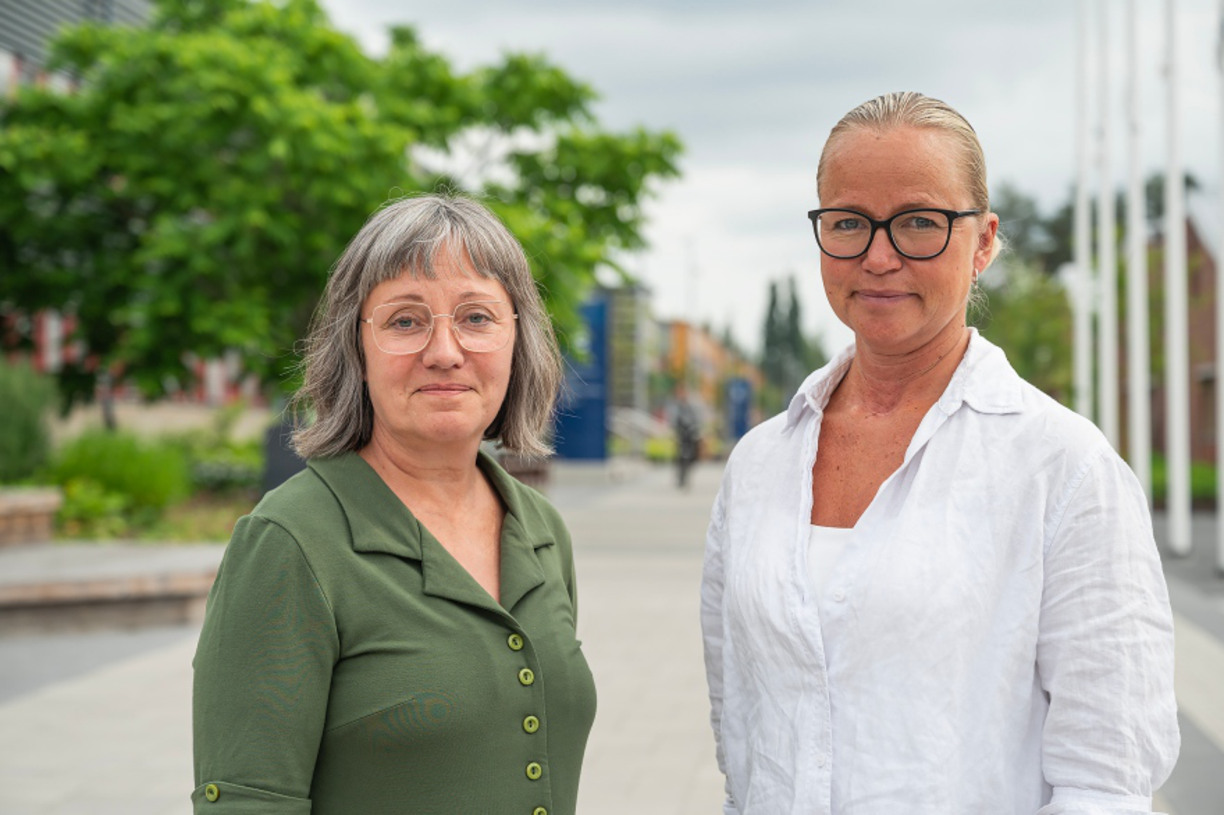
Kristina Ek and Linda Wårell
5 October 2023
High willingness to pay more to avoid PFAS in everyday products
Researchers in economics at Luleå University of Technology have investigated the knowledge of PFAS in common consumer products. They have also studied the willingness to pay to choose PFAS-free products.
PFAS is a collective name for a large number of different chemicals that have grease, dirt and water repellent properties and are used in a variety of everyday products. Several of these chemicals have harmful effects on the environment and human health. Some of the PFAS chemicals are may be harmful to human health; for example, there are indications that they might cause cancer, infertility and effect the immune system.
The study is based on 2,000 survey responses from all over Sweden collected using a web panel. The survey included a list of ten common consumer products that may all contain PFAS. Respondents were asked to mark which of the products contain PFAS. One of the conclusions is that there is a wide spread in the knowledge of which products may contain PFAS. For some products, knowledge was relatively high. More than half of the respondents know that PFAS can occur in frying pans, textiles and plastic toys. There were significantly fewer people who knew that PFAS can occur in cosmetics and paper products for food, for example paper cups and baking paper.
Similar level of knowledge
The level of knowledge did not differ significantly between different groups. Awareness that the listed products contain PFAS was slightly higher among the elderly (65+) than among young adults (18-29 years). No major gender differences could be demonstrated either, although slightly more men than women knew that ski wax can contain PFAS, while slightly more women than men knew that there can be PFAS in food packaging and plastic toys.
Willingness to pay for PFAS-free products was examined next. Three products that relatively often contain PFAS were used as examples: sunscreen, frying pans and leisure trousers made of Goretex (or equivalent).
For sunscreen, the results showed that women, the highly educated and the elderly were more likely to accept a higher price for PFAS-free sunscreen than younger people. Willingness to pay for PFAS-free sunscreen was also higher among those who know how common PFAS is in various consumer products. It was also found that the willingness to pay among those who were relatively ignorant of the occurrence in various products increased if they received information about the health and environmental risks that PFAS entail, while the willingness to pay among those who were already relatively well informed was not affected by this information.
“One of our conclusions is that information about PFAS can be important for consumption behaviours, but it is important that the information is directed to the groups where it is beneficial”, says researcher Linda Wårell, who carried out the study together with colleague Kristina Ek.
Choose between frying pans
The respondents also had to choose between a frying pan with a so-called non-stick function, which means that the food does not burn as easily, and a frying pan without non-stick. Frying pans with non-stick coating often contain PFAS. Willingness to pay was also tested for leisure clothing with water-repellent properties, which often contain PFAS. For frying pans, PFAS content was the most important factor in the choice between the two frying pans, while the non-stick function was of less importance. For leisure clothing, on the other hand, the ability to withstand water and wind was the most important feature. In order to get consumers to opt out of textiles with PFAS, it is therefore particularly important to find alternatives that have similar properties without containing harmful chemicals.
Overall, the results show that the willingness to pay is high to avoid PFAS in all products. Those who knew more about the prevalence of PFAS were more willing to pay more for PFAS-free products. This is an important signal for companies that manufacture products that may contain PFAS.
The study had been implemented in cooperation with the reserach group Urban water engineering at Luleå University of Technology and the company Luleå miljöresurs. The project is linked to the future area Creaternity.
Thursday 19 October, an article will be published about different emission sources for PFAS in Luleå and what can be done about it.
Contact
Linda Wårell
- Associate Professor
- 0920-491941
- linda.warell@ltu.se
- Linda Wårell
Kristina Ek
- Associate Professor, Recognised University Teacher
- 0920-492301
- kristina.ek@ltu.se
- Kristina Ek
Published:
Updated:
